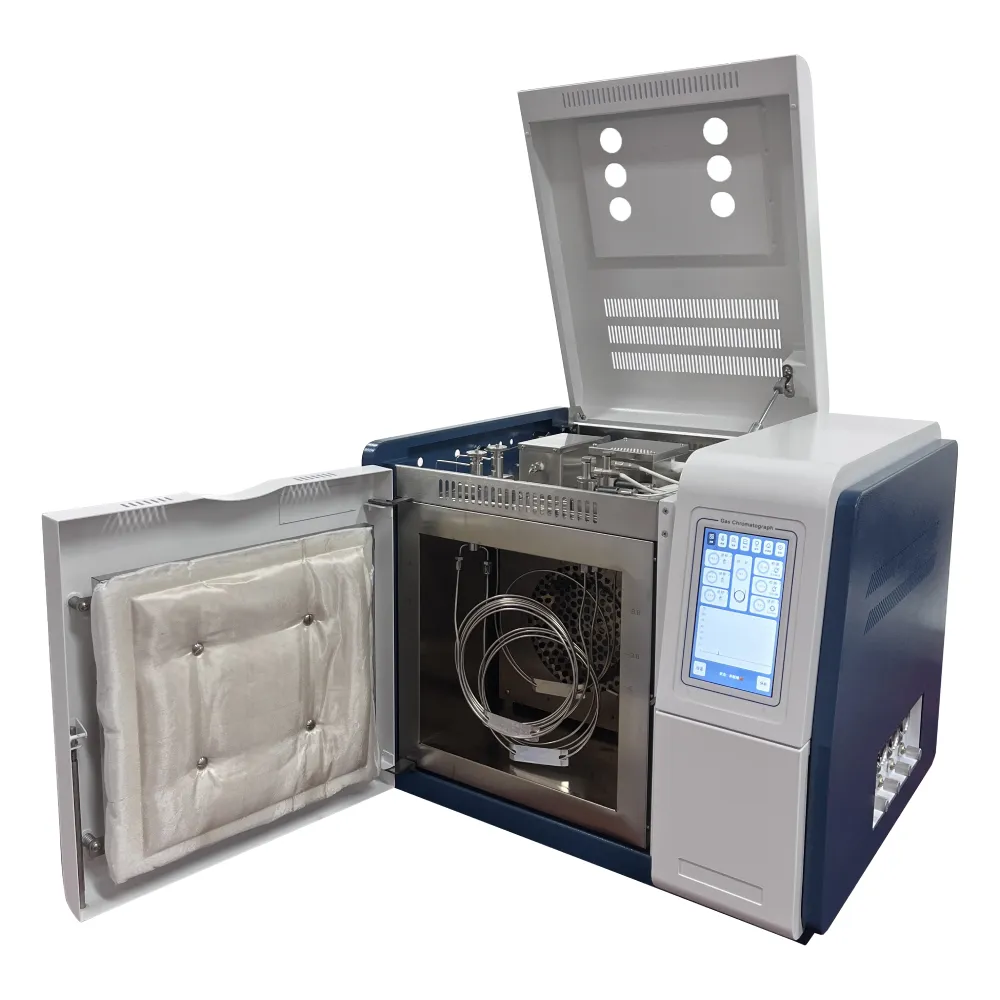 English
English


Applications and Advancements of Thermal Conductivity Detectors in Gas Chromatography Techniques and Methods
Understanding Thermal Conductivity Detectors in Gas Chromatography
Gas chromatography (GC) is a powerful analytical technique used to separate and analyze compounds in gaseous and volatile form. Among the various detector types used in GC, the thermal conductivity detector (TCD) holds a significant place due to its sensitivity, simplicity, and versatility. This article will explore the principles behind TCDs, their applications, advantages, and limitations in gas chromatography.
Principle of Thermal Conductivity Detectors
The operational principle of thermal conductivity detectors is based on the detection of changes in thermal conductivity of the gas stream being analyzed. In a typical TCD setup, a carrier gas (usually an inert gas like helium or nitrogen) passes through a column where separation of the sample components occurs. The TCD consists of two sensing elements, typically arranged in a Wheatstone bridge configuration.
As the separated components elute from the column and enter the detector, they alter the thermal conductivity of the gas mixture. This is due to the fact that different gases have varying thermal conductivities. The TCD measures the temperature change caused by the differential thermal conductivity of the mixture compared to the carrier gas. When a compound with a different thermal conductivity elutes, the temperature of the sensing elements changes, leading to a change in the electrical resistance, which generates a measurable signal.
Applications of TCD in Gas Chromatography
Thermal conductivity detectors are widely used in various fields, including environmental analysis, food safety, petrochemical industries, and chemical research. Their capability to detect both organic and inorganic compounds makes them highly versatile. TCDs can be employed for applications such as measuring trace amounts of pollutants in air samples, analyzing gases in industrial processes, and determining the composition of chemical mixtures.
One notable advantage is that TCDs can detect compounds without requiring them to be volatile. This feature allows them to analyze a wider range of samples compared to other detectors, such as flame ionization detectors (FIDs), which are limited to hydrocarbon compounds.
Advantages of Thermal Conductivity Detectors
thermal conductivity detector gas chromatography

1. Simplicity TCDs feature a straightforward design and operation, making them user-friendly. They do not require any special gases or complicated maintenance procedures.
3. Quantitative Analysis The response of TCD is relatively linear across a wide concentration range, facilitating accurate quantification of compounds.
4. Cost-Effective Compared to some other types of detectors, TCDs are generally more affordable and have lower operating costs, making them accessible for many laboratories.
Limitations of Thermal Conductivity Detectors
Despite their advantages, TCDs also have certain limitations. They tend to be less sensitive than alternative detectors, particularly for trace analysis, making them less suitable for applications requiring ultra-trace detection capabilities. Additionally, TCDs have a slower response time compared to some other detectors, which can affect the ability to analyze rapidly eluting compounds.
Another limitation is that TCDs respond to changes in thermal conductivity rather than mass or concentration; therefore, the signals might vary based on the specific gases present in the mixture. This can introduce complexity when interpreting results, especially in complex mixtures.
Conclusion
In summary, thermal conductivity detectors play a vital role in gas chromatography by providing universal detection capabilities with a straightforward design and operation. While they do have certain limitations in sensitivity and response time, their versatility and cost-effectiveness make them a valuable choice for many analytical applications. Understanding the principles and intricacies of TCDs can help analysts choose the right detection method for their specific needs and enhance the overall effectiveness of gas chromatography in various fields.
-
Differences between open cup flash point tester and closed cup flash point testerNewsOct.31,2024
-
The Reliable Load Tap ChangerNewsOct.23,2024
-
The Essential Guide to Hipot TestersNewsOct.23,2024
-
The Digital Insulation TesterNewsOct.23,2024
-
The Best Earth Loop Impedance Tester for SaleNewsOct.23,2024
-
Tan Delta Tester--The Essential Tool for Electrical Insulation TestingNewsOct.23,2024





